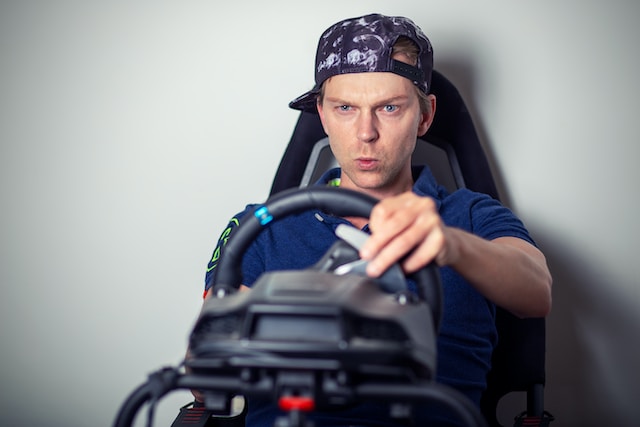The utilization of TCC pedagogy (TCC pedagogia) has found an exciting application – driving instruction through advanced car racing simulators. These simulators, far more than entertainment devices, have become powerful tools for immersive and educational experiences. By incorporating TCC principles, educators are revolutionizing how aspiring racers learn and hone their skills in a virtual environment.
1. Collaborative Learning in a Virtual Pit Stop
Car racing simulators equipped with TCC pedagogy promote collaborative learning experiences. Students, or rather aspiring racers, engage in virtual pit stops where teamwork is essential. Collaborative problem-solving, strategic decision-making, and effective communication become integral aspects of the learning process, mirroring the real-world dynamics of a racing team.
2. Interactive Curriculum for Accelerated Learning
The integration of TCC pedagogy in car racing simulators extends beyond the virtual track. Interactive curriculum design ensures that learners actively participate in their education. From understanding aerodynamics to mastering the nuances of tire grip, each lesson becomes a hands-on experience, fostering a deeper comprehension of the science behind racing.
3. Technological Integration for Realism
TCC pedagogy leverages technological advancements to bring realism to the forefront of racing instruction. High-fidelity graphics, realistic physics engines, and accurate car dynamics create an immersive learning environment. Aspiring racers not only see the track but feel the G-forces, grasp the impact of tire wear, and understand the intricacies of vehicle handling—all in a virtual setting.
ALSO READ: How Guest Posting Can Help Car Racers Build Their Personal Brand
4. Simulating Race Day Scenarios
Car racing simulators employing TCC principles excel in simulating race day scenarios. From variable weather conditions to unexpected technical challenges, learners navigate a spectrum of situations that demand adaptability and quick decision-making. This dynamic simulation prepares them for the unpredictable nature of actual races, fostering resilience and strategic thinking.
5. Feedback Loops for Continuous Improvement
TCC pedagogy thrives on feedback loops, and racing simulators are no exception. Real-time performance data, race analytics, and post-simulation debriefings provide learners with constructive insights. This feedback-driven approach allows for continuous improvement, helping racers refine their techniques, identify weaknesses, and strategize for future races.
Conclusion
In conclusion, the marriage of TCC pedagogy and car racing simulators transcends traditional education boundaries. This innovative approach transforms the learning experience into a collaborative, interactive, and technologically enriched journey. Aspiring racers not only grasp the mechanics of the sport but also develop essential skills that extend beyond the racetrack. The integration of TCC principles in driving instruction through simulators marks a paradigm shift, creating a generation of racers who are not just skilled drivers but also adept collaborators and critical thinkers.




